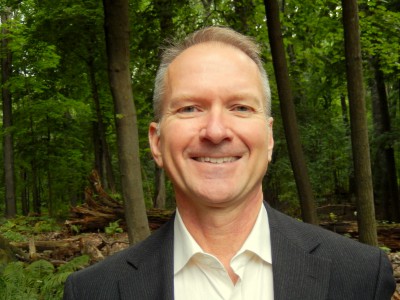Private Healthcare is Challenged in Canada, Public Healthcare is Challenged in the USA
Writing September 11 in The Globe and Mail, columnist Andrew Coyne summarized a recent Supreme Court decision in British Columbia that encapsulates some of oddly symmetrical comparisons between Canadian and US American healthcare systems. Both are challenged at balancing public and private components. The core issue is how the two funding systems co-exist.
Within the USA, there are prevailing misconceptions about Canadian healthcare. First among these is that it is a socialist catastrophe, a narrative that has been actively promoted by for-profit insurance companies (follow Wendell Potter). What may not be widely understood is that private payors flourish in Canada. In fact, they constitute the only channel to pay for most pharmacy and psychological care, among other services. Like the USA, Canada struggles with how to reconcile the sometimes competing objectives between these two methods of paying for healthcare.
In Canada, there is an acknowledged risk that private healthcare will jeopardize public healthcare delivery. In the USA, private insurers have been terrified by the prospect of a public option that competes against their offerings.
Within the recent court ruling in B.C., physicians sought to expand private services outside the provincial health plan (Canada lacks a national health plan like in the U.K.; each province goes on its own). This meant that physicians could receive both public and private payment streams. Coyne, who is generally towards the right on a Canadian political spectrum, argues that the two systems must be kept separate:
There are good reasons, from efficiency to personal freedom, to allow private providers to work within a publicly funded system, or to work outside it. But there are equally good reasons to forbid combining the two. It’s one thing to say that patients have a right to pay for care, if they are not satisfied with the treatment they are receiving from the public system, out of their own pocket: only the most blinkered ideologue would prevent people from doing what is best for themselves and their families, or from spending their own money.
But when patients are permitted to pay, and doctors to charge, fees in addition to what the public system provides – or what amounts to the same thing, if patients can pay privately for services such as diagnosis in return for preferred access to other, publicly provided services – that is not people spending their own money for private care. That is people buying their way to the front of the line for public care. That is giving first claim on public dollars to those rich enough to supplement them with their own – when the whole purpose of public funding is to ensure, as the judge wrote, that “access to necessary medical services is based on need and not ability to pay.”
He goes on to explain this problem in terms of adverse selection and moral hazard. Also, he cites how the US addressed this problem through implementation of the individual mandate within Obamacare. US Medicare, perhaps the closest analogue to a hybrid system within the USA wouldn’t allow private queue-jumping either.
However the scenario he fears in Canada has in other ways been actively promoted in the USA. Poorer and older (read: sicker) patients are directed to separate insurers that rely on public financing. Employer-sponsored coverage, for patients that are logically more healthy, is privatized. Essentially, this increases the costs of public healthcare and subsidizes the private sector actors treating everyone else. Provision of a public option (or M4A, or whatever it might be labeled) would upset this arrangement.
It appears that there is a fundamental asymmetry between the approaches in Canada and the USA. Within Canada, decisions are made more with a mind towards protecting the public purse. In the USA there is more defensive posturing to protect existing income streams for providers. The result is higher costs that are not simply due to the administrative burdens of a multi-payer system.
-published October 6, 2020

